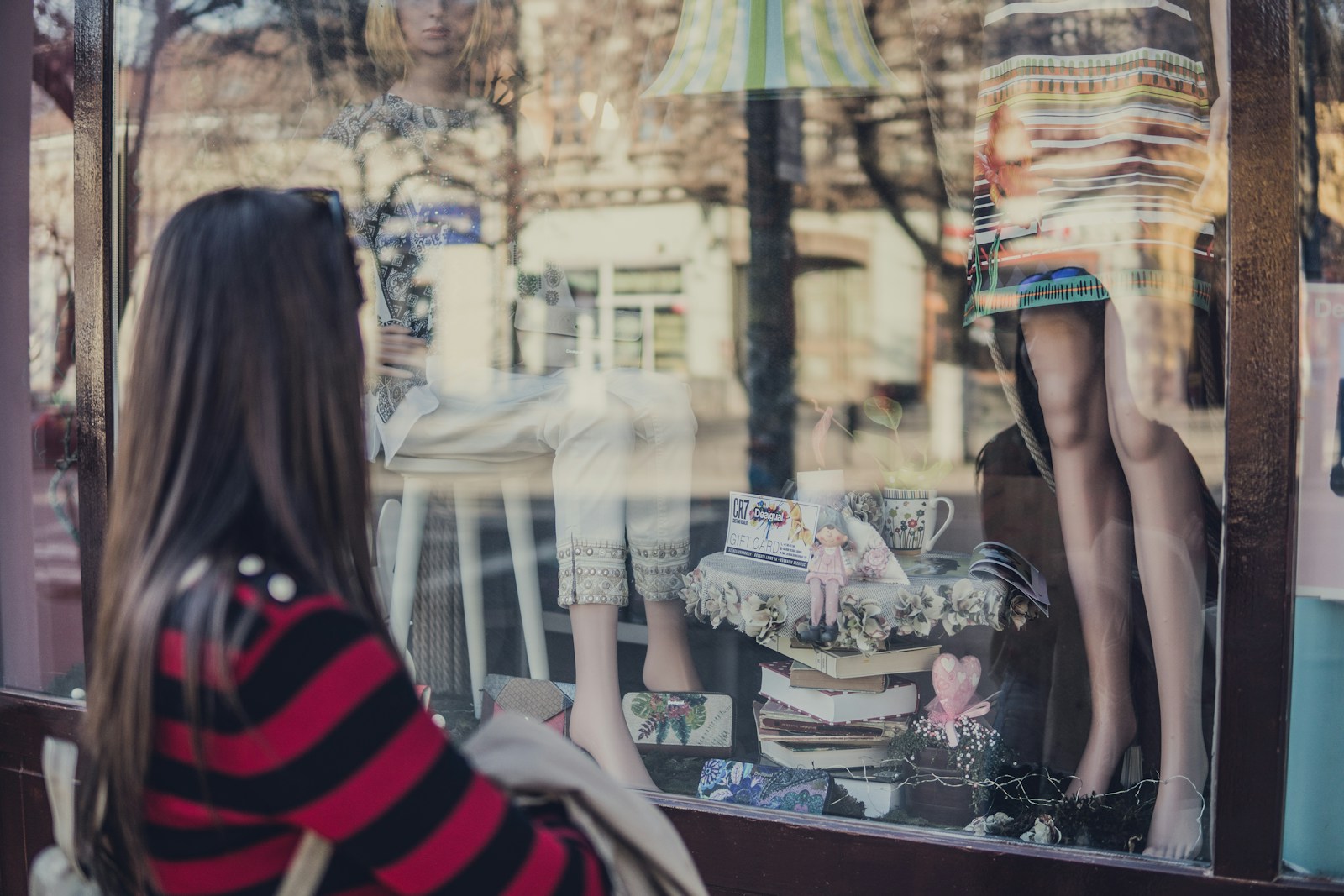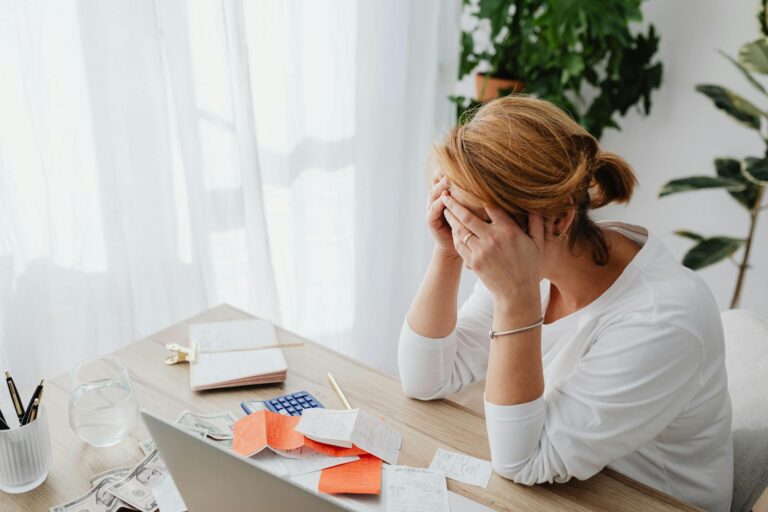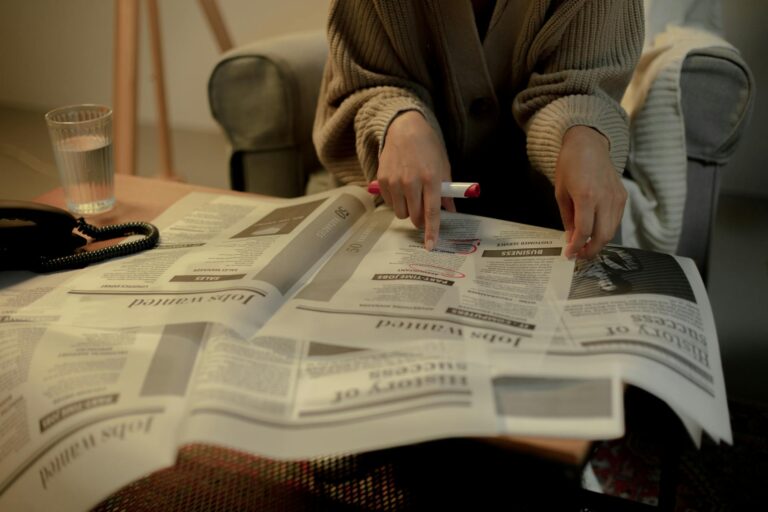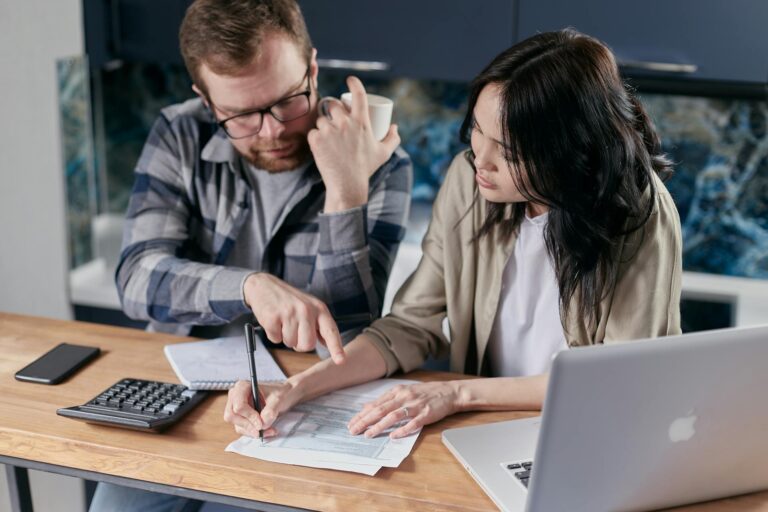There was a time when I truly believed that a new pair of shoes could fix my problems. Bad day? Buy a cute dress. Stress at work? Add-to-cart. Breakup? Time for a full-on shopping spree.
Retail therapy was my coping mechanism of choice, and I was really good at it.
But the thing about shopping your feelings away is that the high never lasts. The package arrives, you get that little dopamine rush, and then? Poof. Back to reality. And often, reality comes with a hefty credit card bill and a closet full of things you barely wear.
For years, I justified it. It’s just a little treat. I deserve this. But eventually, I had to face the truth: I wasn’t shopping because I needed stuff—I was shopping because I didn’t know how to deal with my emotions.
So, I set out to change. Here’s how I finally stopped.
Read More: I Tracked Every Penny I Spent for 3 Months—Here’s What Shocked Me
Step 1: I Faced My Shopping Triggers
I knew I shopped when I was stressed, but I never really examined why. So, I started paying attention. Whenever I felt the urge to shop, I stopped and asked myself: What am I feeling right now?
Boredom. Anxiety. Loneliness. Frustration.
Turns out, it was never really about the stuff. It was about distraction. Buying something new gave me a momentary sense of excitement, but it didn’t actually fix anything. Realizing that was the first step.
Step 2: I Unsubscribed from the Temptation
Retailers know exactly how to lure you in. Flash sales, “one-time-only” discounts, free shipping if you just spend $50 more. I used to fall for all of it.
So, I fought back. I unsubscribed from marketing emails. If they didn’t have an unsubscribe button, I banished them to my spam filter. No more “50% off today only” cluttering my inbox. I muted brands on Instagram. No more ads convincing me I needed a trendy new outfit. I deleted shopping apps. Out of sight, out of mind.
And you know what? I didn’t miss them. In fact, I felt relieved. The less temptation in my face, the easier it was to break the cycle.
Step 3: I Gave Myself a 24-Hour Rule
Impulse shopping was my weakness. I’d see something cute, convince myself I needed it, and buy it within five minutes. So, I made a rule: If I wanted to buy something, I had to wait 24 hours.
More often than not, by the next day, I didn’t even want it anymore. The rush wore off, and I could see clearly that I didn’t actually need another black sweater. This one rule alone saved me so much money.
Read More: I Took a Pay Cut for Work-Life Balance — Was It Worth It?
Step 4: I Found Better Coping Mechanisms
Shopping had become my go-to stress reliever. So, if I wanted to stop, I needed something else to fill that space.
I started making a list of things that actually made me feel better (without draining my bank account): Going for a walk. Calling a friend. Journaling. Watching a comfort show. Doing yoga (okay, or at least stretching). Baking something (bonus: free cookies).
At first, these things didn’t give me the same dopamine hit as shopping. But over time, they became habits. And instead of filling my life with things, I was filling it with real stress relievers.
Step 5: I Created a “Fun Money” Budget
Here’s the thing: I didn’t want to never shop again. I just wanted to be more intentional. So, I set up a monthly “fun money” budget — an amount I could spend guilt-free. Once it was gone, it was gone.
This stopped me from feeling deprived. I still got to enjoy the occasional purchase, but without spiraling into an emotional spending spree.
And honestly? Spending money when you actually planned for it feels way better than impulse-buying a bunch of stuff you’ll regret later.
Step 6: I Focused on What I Already Had
At the height of my shopping addiction, I had so many clothes I forgot what I even owned. So, I did a closet cleanout. And guess what? I found clothes with tags still on them. Shoes I’d worn once. Sweaters that looked identical to other sweaters I already had.
It was a wake-up call. Now, before I buy something new, I ask myself: Do I already own something similar? Most of the time, the answer is yes. Learning to appreciate what I already have was a game-changer.
Final Thoughts: How It Feels to Stop Shopping for Comfort
It took time to break the habit. But once I did, something surprising happened. I felt lighter. Less guilty. Less wasteful.
I still shop, but now I do it with intention. I buy things I actually love and will use. I don’t rely on shopping to boost my mood. And best of all? I no longer have that sinking feeling when I check my bank account.
Retail therapy used to be my coping mechanism. Now, I’ve found healthier (and cheaper) ways to deal with life. And let me tell you — nothing feels better than that.
